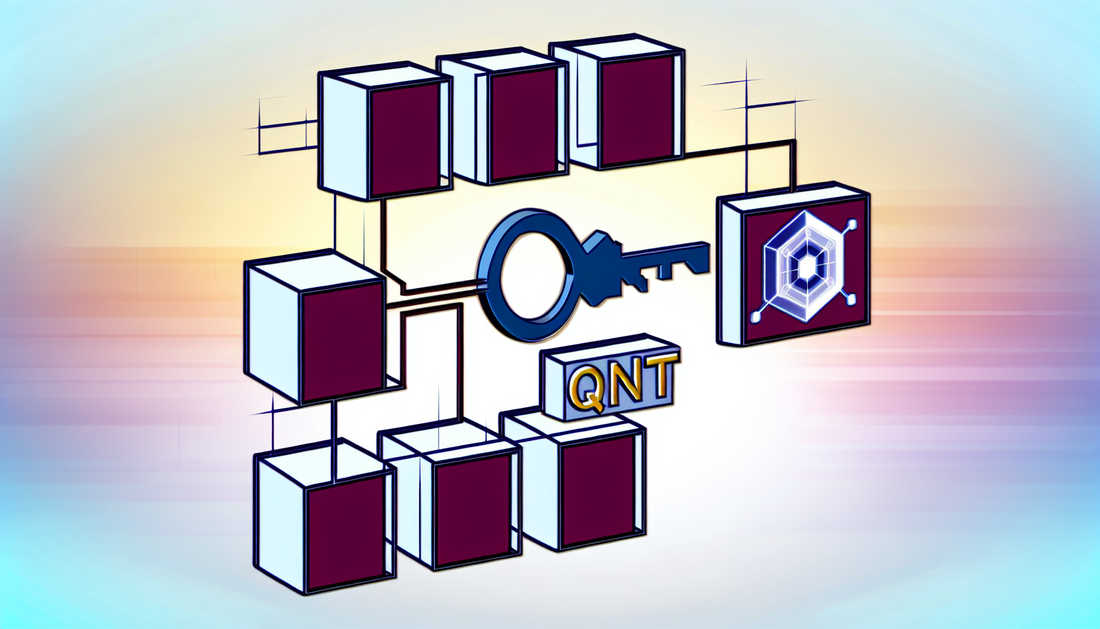
Unlocking Blockchain: QNT’s Role in Interoperability
Share
Exploring Use Cases for QNT: Utility in Blockchain Interoperability
Quant Network’s native utility token, QNT, is primarily designed to address the challenges of interoperability in the highly fragmented blockchain space. This token operates as part of the Quant Network’s Overledger framework, which aims to enable seamless communication between various distributed ledger technologies (DLTs). Below are some key use cases for QNT, demonstrating how it functions within the broader blockchain ecosystem.
1. Cross-Ledger Transactions
One of the main use cases for QNT lies within cross-ledger transactions. Overledger is designed to support communication and data exchange between different blockchains such as Bitcoin, Ethereum, and private enterprise blockchain systems. QNT is used as a utility token to pay for the access and resources required to initiate cross-chain transfers. This innovation enables enterprises and developers to execute multi-chain applications, thereby significantly enhancing decentralized interoperability.
2. Enterprise Integration
QNT also plays an integral role in helping enterprises seamlessly integrate blockchain technologies with existing legacy systems. Through using the Overledger operating system, organizations can integrate various blockchains into their workflows without needing to commit entirely to one specific chain. This flexibility makes blockchain adoption significantly easier for companies with complex, pre-existing infrastructures. QNT is essential here, as it serves to unlock access and resources within these integrations.
3. Tokenization and Digital Asset Management
Another important use case for QNT is its application in tokenization and digital asset management. By utilizing Quant’s technology, institutions can tokenize real-world assets such as real estate, stocks, and commodities. QNT is used to facilitate any transactions or operations related to the issuance, management, and transfer of these tokenized assets, underpinning the infrastructure with interoperability across multiple blockchains. This opens new revenue streams for industries that seek to adopt blockchain solutions for asset management.
4. Supply Chain Optimization
Quant’s interoperability solutions powered by QNT can also transform supply chain processes. By enabling different participants in a supply chain—manufacturers, suppliers, retailers, etc.—to connect through different blockchains and share real-time data, Quant’s Overledger platform can reduce inefficiencies. The QNT token is utilized to facilitate interactions and track transactions across the different ledgers, helping ensure accurate and auditable supply chain data.
5. Decentralized Applications (MApps)
Developers can use QNT to build decentralized applications, or MApps (Multi-chain applications), that can run on multiple blockchains simultaneously. These MApps are not confined to one single blockchain, enabling developers to use Quant’s Overledger to create more versatile applications. QNT is required to gain access to this development capability, making it integral to the expansion and use of decentralized applications across various industries.
